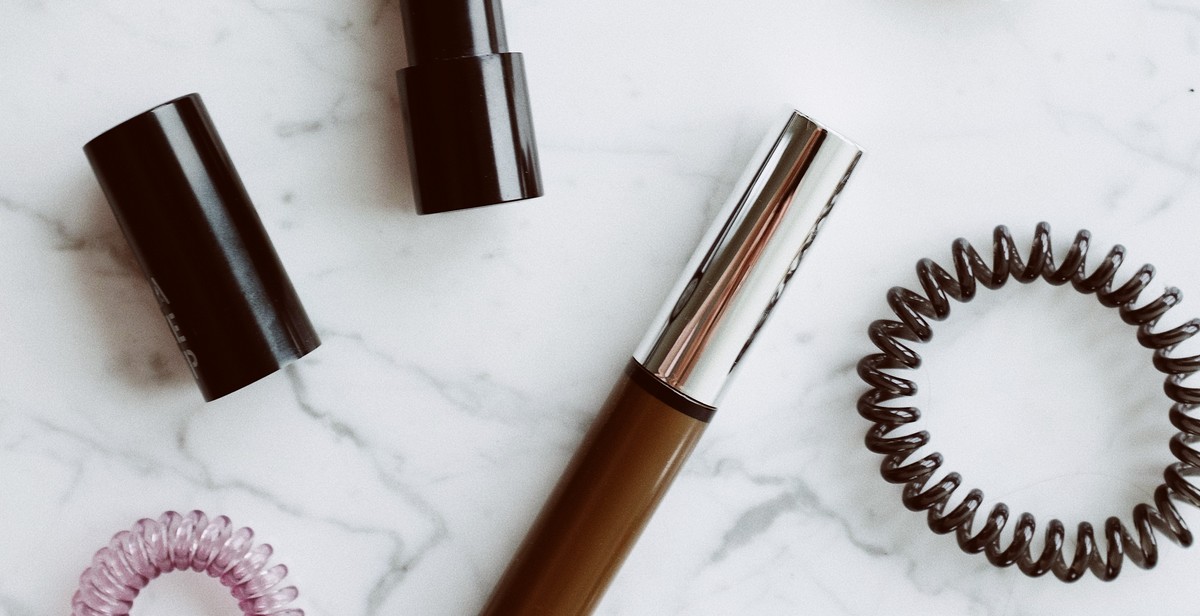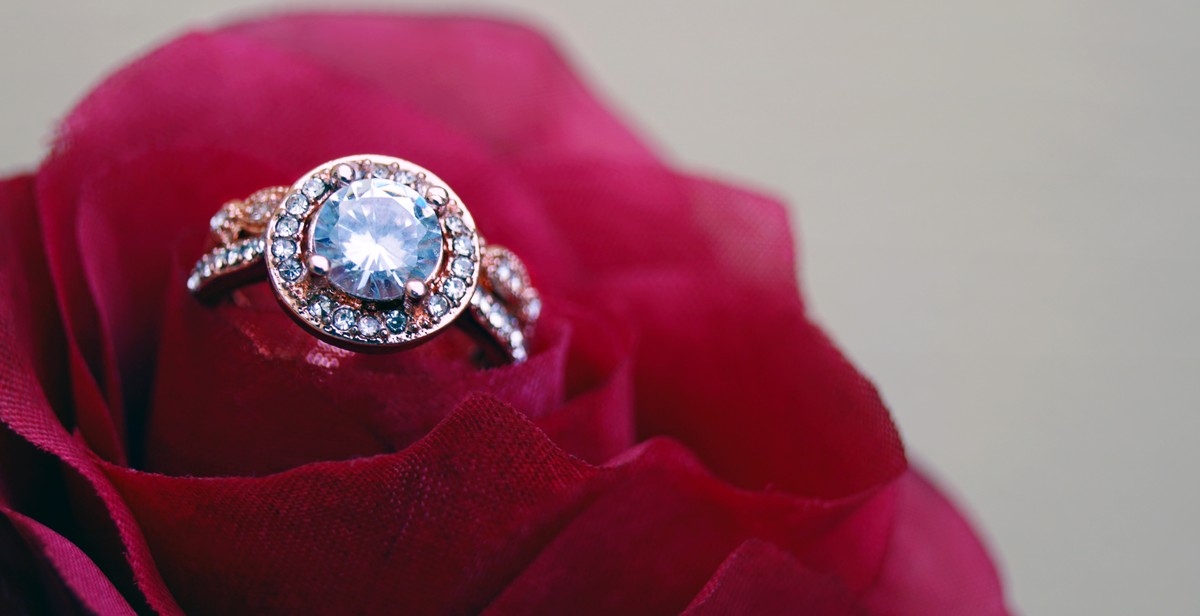What is a ‘pavé band’ and how does it differ from a regular band?
A pavé band is a type of ring band that features a setting of small diamonds, often referred to as pavé diamonds, that are closely set together to create a continuous surface of sparkle. The term ‘pavé’ comes from the French word for paved, as the diamonds are set so closely together that they resemble a cobblestone street.
Unlike a regular band, which may have a plain metal surface or a single larger diamond, a pavé band is designed to maximize the brilliance and fire of the small diamonds. The diamonds are typically set in a row, with each stone held in place by tiny prongs or beads of metal. This creates a seamless, glittering surface that can add extra dimension and depth to an engagement ring or other piece of jewelry.
One of the main differences between a pavé band and a regular band is the amount of sparkle and shine that the pavé setting can provide. The closely set diamonds reflect light from multiple angles, creating a dazzling effect that can be especially eye-catching in the right lighting conditions.
Another difference is the level of detail and craftsmanship required to create a pavé band. The small size of the diamonds and the need for precision in setting them requires a skilled jeweler with a steady hand and an eye for detail.

What is a Pavé Band?
A pavé band is a type of ring band that is covered in small diamonds or other precious stones. The word pavé comes from the French word for “paved,” which refers to the way the stones are set closely together to create a paved or cobblestone-like appearance.
Definition of Pavé Band
A pavé band is a type of ring band that is typically made of gold, platinum, or another precious metal. The band is covered in small diamonds or other precious stones that are set closely together, often in a pattern or design.
Pavé Band Characteristics
There are several characteristics that define a pavé band:
- Small stones: The stones used in a pavé band are typically small, often less than 0.01 carats each.
- Closely set: The stones are set closely together, with little or no visible metal between them.
- Securely set: The stones are held in place with tiny prongs or beads of metal, which keep them securely in place.
- Sparkling: Because of the way the stones are set, a pavé band can be very sparkly and eye-catching, especially in the light.
Overall, a pavé band is a beautiful and elegant option for an engagement ring or other piece of jewelry. Its unique design and sparkling appearance make it a popular choice for those who want something a little different from a traditional ring band.

How is a Pavé Band Different from a Regular Band?
Pavé bands and regular bands are both popular choices for engagement rings and wedding bands, but they have distinct differences. A regular band is a simple metal ring with no additional embellishments, while a pavé band has small diamonds or gemstones set closely together along the band’s surface.
What is a Regular Band?
A regular band is a traditional and classic choice for an engagement ring or wedding band. It is a simple metal band that is usually made of gold, platinum, or silver. The band’s width and thickness can vary, but it typically has a smooth, polished surface.
Differences Between a Pavé Band and a Regular Band
The most significant difference between a pavé band and a regular band is the addition of small diamonds or gemstones on the pavé band. These stones are set closely together to create a continuous, sparkling surface. Pavé bands can be made with a variety of diamond sizes and shapes, and the stones can be set in different patterns.
Another difference is that pavé bands are often more expensive than regular bands due to the additional cost of the diamonds or gemstones. They also require more maintenance as the stones may loosen over time and need to be tightened.
- Pavé bands have small diamonds or gemstones set closely together along the band’s surface
- Regular bands are simple metal rings with no additional embellishments
- Pavé bands are often more expensive than regular bands due to the cost of the diamonds or gemstones
- Pavé bands require more maintenance as the stones may loosen over time and need to be tightened

Types of Pavé Bands
There are three main types of pavé bands:
Full Pavé Band
A full pavé band is a ring that has diamonds set all the way around the band. The diamonds are typically set in a row, with each diamond touching the next one. This creates a continuous, sparkling band of diamonds that encircles the finger. Full pavé bands are very popular for engagement rings and wedding bands, but can also be worn as a standalone piece of jewelry.
Half Pavé Band
A half pavé band is a ring that has diamonds set on only one half of the band. The other half of the band is left plain. This style of band is a good choice for those who want some sparkle, but not too much. It can also be a more affordable option than a full pavé band.
Micro Pavé Band
A micro pavé band is a ring that has very small diamonds set close together. These diamonds are typically less than 0.01 carats each, and are set in a way that creates a continuous band of sparkle. Micro pavé bands are often used as accent bands, paired with a larger center stone in an engagement ring or worn as a stacking ring.
Each type of pavé band has its own unique look and appeal. Choosing the right one depends on personal preference, budget, and the overall style of the jewelry piece.

Pros and Cons of Pavé Bands
Pros of Pavé Bands
Pavé bands are a popular choice for engagement rings and wedding bands. They are known for their sparkling and glamorous appearance. Here are some advantages of choosing a pavé band:
- Enhanced sparkle: The tiny diamonds set closely together in a pavé band create a continuous sparkle that can make the center stone appear larger and more brilliant.
- Customizable: Pavé bands can be customized to fit any style or preference. They can be set with any shape or size of diamond or gemstone, and can be made in various widths and metals.
- Comfortable: Pavé bands are generally comfortable to wear. The small diamonds are set flush with the band, so they don’t protrude or catch on clothing or other objects.
- Durable: Pavé settings are more secure than other types of settings, as the tiny diamonds are held in place by prongs or beads. This makes them less likely to fall out or become loose over time.
Cons of Pavé Bands
While pavé bands have many advantages, there are also some potential drawbacks to consider:
- Higher cost: Pavé bands can be more expensive than traditional bands due to the additional labor and diamonds required to create the intricate setting.
- Maintenance: Pavé bands require more maintenance than traditional bands, as the small diamonds can become loose or fall out over time. Regular cleaning and inspection by a jeweler is recommended.
- Less metal: The small diamonds in a pavé band take up more space than a traditional band, which means there is less metal to support the diamonds and provide durability.
- Prone to snagging: While pavé bands are generally comfortable to wear, the small diamonds can occasionally snag on clothing or other objects.

How to Care for Your Pavé Band
Now that you know what a pavé band is and how it differs from a regular band, it’s important to know how to take care of it. Pavé bands are delicate and require special attention to maintain their beauty and durability. Here are some tips on how to care for your pavé band:
Cleaning Your Pavé Band
- Use a soft-bristled toothbrush and mild soap to clean your pavé band.
- Gently scrub the band and the diamonds to remove dirt and grime.
- Rinse the band with warm water and dry it with a soft cloth.
- Do not use harsh chemicals or abrasive materials to clean your pavé band as they can damage the delicate diamonds and the metal.
Regular Maintenance
Regular maintenance is crucial to keep your pavé band in good condition. Here are some tips:
- Take off your pavé band when doing activities that may damage it, such as gardening or exercising.
- Store your pavé band in a soft pouch or jewelry box to prevent scratches and damages.
- Have your pavé band inspected by a professional jeweler at least once a year to check for loose diamonds or damages.
- Consider getting your pavé band re-plated every few years to maintain its shine and luster.
By following these tips, you can ensure that your pavé band stays beautiful and sparkling for years to come.

Conclusion
In conclusion, pavé bands are a popular choice for engagement rings and wedding bands. They are characterized by tiny diamonds that are set closely together, creating a continuous band of sparkle. Pavé bands differ from regular bands in that they have more diamonds, which makes them more expensive, but also more dazzling.
If you are in the market for a new ring, it is important to consider the pros and cons of a pavé band versus a regular band. While pavé bands are stunning and eye-catching, they can be more difficult to clean and may require more maintenance over time. Regular bands, on the other hand, are simpler and more understated, but they are also more durable and easier to care for.
- Ultimately, the choice between a pavé band and a regular band comes down to personal preference and budget.
- If you want a ring that is glamorous and attention-grabbing, a pavé band may be the perfect choice for you.
- However, if you prefer a more classic and timeless look, a regular band may be the better option.
No matter which type of band you choose, it is important to purchase your ring from a reputable jeweler and to take good care of it to ensure that it lasts a lifetime.

